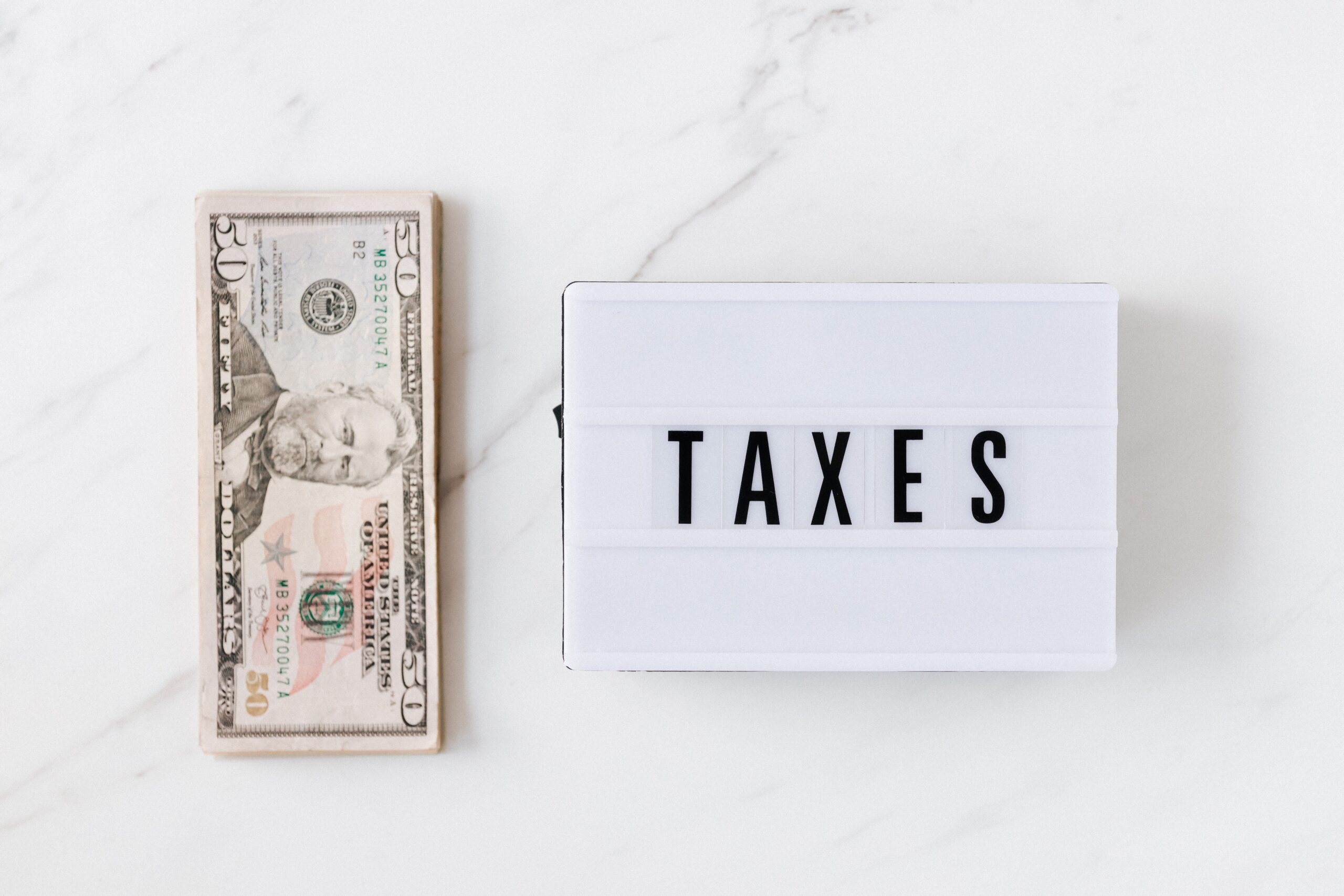Understanding the Importance of Your Free Annual Credit Report
Accessing Your Free Annual Credit Report: A Step-by-step Guide
Understanding the Importance of Your Free Annual Credit Report
Your credit report is a record of your credit history, including your credit accounts, payment history, and outstanding debts. It is used by lenders, landlords, and other financial institutions to determine your creditworthiness and ability to repay loans. Your credit score, which is calculated based on the information in your credit report, can have a significant impact on your financial life, affecting your ability to get a loan, rent an apartment, or even get a job.
Given the importance of your credit report, it is essential to review it regularly to ensure that the information it contains is accurate and up-to-date. Fortunately, you are entitled to a free copy of your credit report from each of the three major credit bureaus – Equifax, Experian, and TransUnion – once a year. By accessing your free annual credit report, you can monitor your credit history and take steps to improve your credit score.
Step 1: Visit AnnualCreditReport.com
To access your free annual credit report, you must visit AnnualCreditReport.com, the only website authorized by the federal government to provide free credit reports. Be wary of other websites that claim to offer free credit reports, as they may require you to sign up for a paid service or provide personal information that could be used for identity theft.
Step 2: Provide Your Personal Information
To verify your identity, you will need to provide your name, address, date of birth, and Social Security number. You may also be asked to answer security questions based on information in your credit report, such as the name of a previous employer or the amount of your monthly mortgage payment.
Step 3: Select Your Credit Bureau
After verifying your identity, you will be prompted to select which credit bureau you would like to receive your credit report from. You can choose to receive reports from all three bureaus at once or stagger them throughout the year to monitor your credit more frequently.
Step 4: Review Your Credit Report
Once you have selected your credit bureau, you will be able to view your credit report online. Take the time to review each section carefully, checking for errors or inaccuracies that could be affecting your credit score. Look for any accounts that you do not recognize or any late payments that you believe were made on time.
Step 5: Dispute Errors or Inaccuracies
If you find errors or inaccuracies in your credit report, you have the right to dispute them with the credit bureau. You can do this online by following the instructions provided on the credit report or by sending a letter to the credit bureau explaining the error and providing any supporting documentation.
In conclusion, accessing your free annual credit report is an essential step in maintaining good credit and financial health. By reviewing your credit report regularly, you can ensure that the information it contains is accurate and up-to-date, and take steps to improve your credit score if necessary. By following the step-by-step guide outlined above, you can access your free annual credit report with ease and confidence.

How to Request Your Free Annual Credit Report Online
Accessing Your Free Annual Credit Report: A Step-by-step Guide
Your credit report is a crucial document that contains information about your credit history, including your payment history, credit utilization, and outstanding debts. It is essential to review your credit report regularly to ensure that the information is accurate and up-to-date. Fortunately, you are entitled to a free annual credit report from each of the three major credit bureaus: Equifax, Experian, and TransUnion. In this article, we will guide you through the process of requesting your free annual credit report online.
Step 1: Visit AnnualCreditReport.com
The only website authorized by the federal government to provide free annual credit reports is AnnualCreditReport.com. To request your free credit report, visit the website and click on the “Request your free credit reports” button. You will be directed to a page where you will need to provide some personal information, including your name, address, date of birth, and Social Security number.
Step 2: Choose the Credit Bureaus You Want to Request Your Report From
After providing your personal information, you will be asked to choose which credit bureaus you want to request your credit report from. You can choose to request your report from all three credit bureaus at once or select one or two of them. It is recommended that you request your report from all three credit bureaus to ensure that you have a complete picture of your credit history.
Step 3: Answer Security Questions
To verify your identity, you will be asked a series of security questions based on information in your credit report. The questions may include information about your current and past addresses, loans, and credit cards. Answer the questions truthfully and to the best of your knowledge. If you are unable to answer the questions correctly, you may be asked to provide additional information to verify your identity.
Step 4: Review Your Credit Report
Once you have successfully verified your identity, you will be able to access your credit report from each of the credit bureaus you selected. Review each report carefully to ensure that the information is accurate and up-to-date. If you find any errors or discrepancies, you can dispute them with the credit bureau.
Step 5: Save or Print Your Credit Report
After reviewing your credit report, you can choose to save or print a copy for your records. It is recommended that you keep a copy of your credit report for future reference.
In conclusion, accessing your free annual credit report online is a simple and straightforward process. By following the steps outlined in this article, you can request your credit report from each of the three major credit bureaus and review the information to ensure that it is accurate and up-to-date. Remember to review your credit report regularly to stay on top of your credit history and maintain a good credit score.

Reviewing and Disputing Errors on Your Free Annual Credit Report
Once you have received your free annual credit report, it is important to review it thoroughly for any errors or inaccuracies. These errors can negatively impact your credit score and potentially harm your ability to obtain credit in the future. Fortunately, disputing errors on your credit report is a straightforward process.
The first step in reviewing your credit report is to carefully examine each section. Look for any accounts that you do not recognize or any incorrect personal information, such as your name or address. If you find any errors, make note of them and gather any supporting documentation that can help prove your case.
Next, you will need to file a dispute with the credit bureau that provided the report. You can do this online, by phone, or by mail. The credit bureau will investigate your dispute and either correct the error or provide you with a written explanation of why they believe the information is accurate.
If the credit bureau corrects the error, they will send you an updated credit report. If they do not, you can request that a statement of dispute be included in your credit file. This statement will be visible to anyone who pulls your credit report and will explain the nature of the dispute.
It is important to note that you should only dispute errors that are actually errors. If you simply disagree with a negative item on your credit report, such as a late payment or a collection account, you cannot dispute it unless it is factually incorrect. However, if you believe that the negative item is the result of identity theft or fraud, you should file a police report and include a copy of it with your dispute.
In addition to disputing errors, you can also request that outdated or inaccurate information be removed from your credit report. This includes items such as bankruptcies, foreclosures, and collections that are more than seven years old. You can also request that information be removed if it is the result of identity theft or fraud.
To request that outdated or inaccurate information be removed, you will need to contact the credit bureau directly. You can do this online, by phone, or by mail. The credit bureau will investigate your request and either remove the information or provide you with a written explanation of why they believe it should remain on your credit report.
In some cases, you may need to dispute an error with the creditor or lender that provided the information to the credit bureau. This can be done by contacting the creditor or lender directly and providing them with any supporting documentation that you have. If the creditor or lender agrees that the information is incorrect, they will notify the credit bureau and the error will be corrected.
In conclusion, reviewing and disputing errors on your free annual credit report is an important step in maintaining a healthy credit score. By carefully examining your credit report and filing disputes when necessary, you can ensure that your credit report is accurate and up-to-date. If you need assistance with disputing errors on your credit report, there are many resources available, including credit counseling agencies and legal aid organizations.



